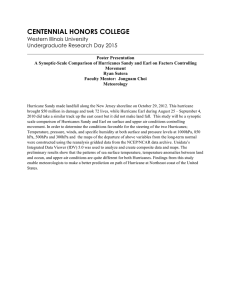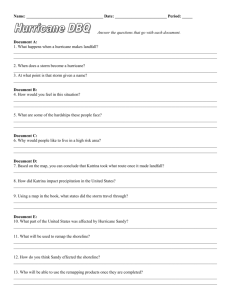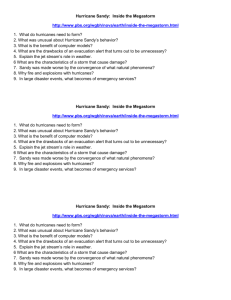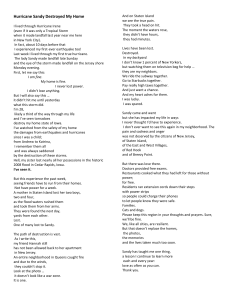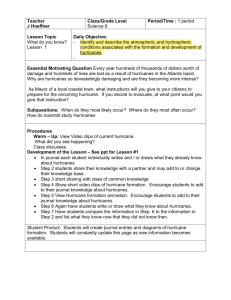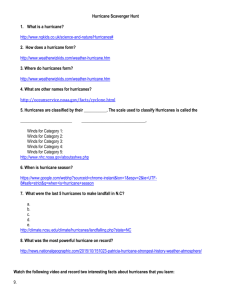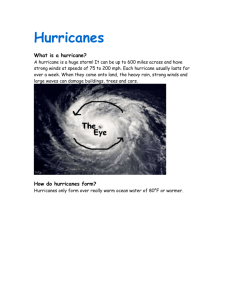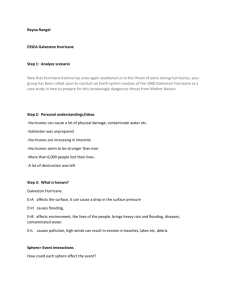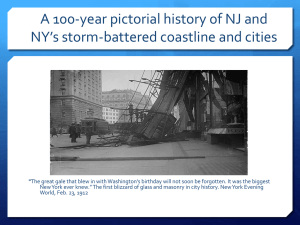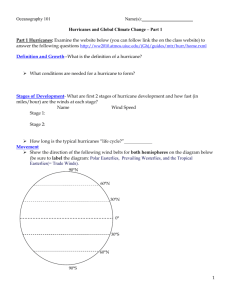sandy
advertisement
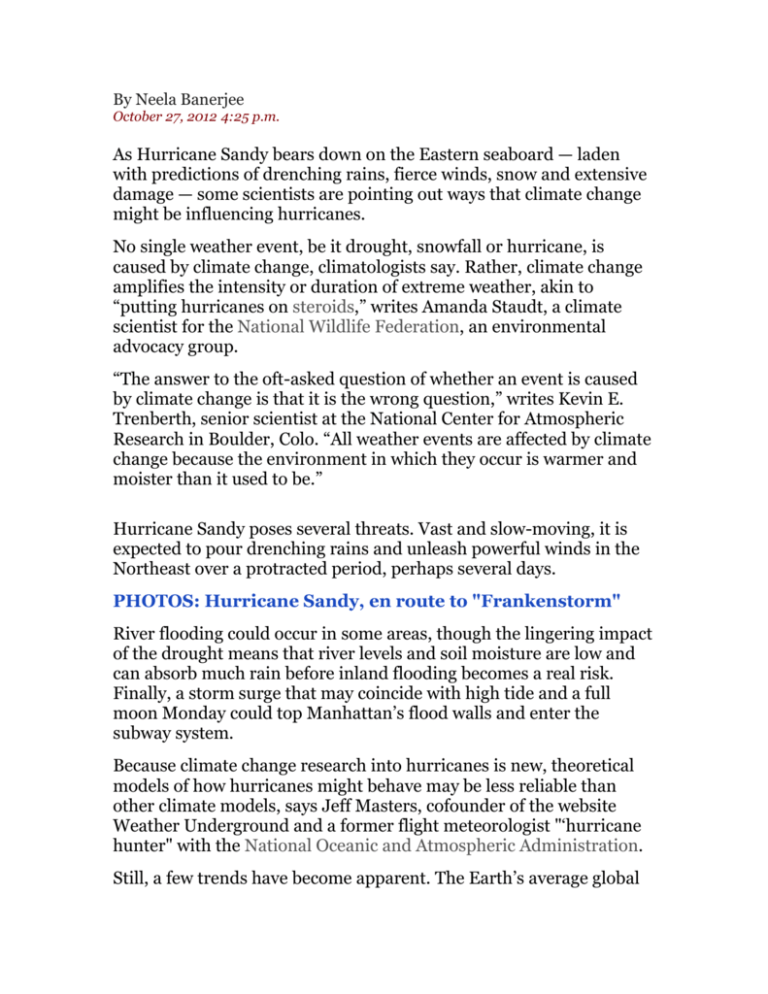
By Neela Banerjee October 27, 2012, 4:25 p.m. As Hurricane Sandy bears down on the Eastern seaboard — laden with predictions of drenching rains, fierce winds, snow and extensive damage — some scientists are pointing out ways that climate change might be influencing hurricanes. No single weather event, be it drought, snowfall or hurricane, is caused by climate change, climatologists say. Rather, climate change amplifies the intensity or duration of extreme weather, akin to “putting hurricanes on steroids,” writes Amanda Staudt, a climate scientist for the National Wildlife Federation, an environmental advocacy group. “The answer to the oft-asked question of whether an event is caused by climate change is that it is the wrong question,” writes Kevin E. Trenberth, senior scientist at the National Center for Atmospheric Research in Boulder, Colo. “All weather events are affected by climate change because the environment in which they occur is warmer and moister than it used to be.” Hurricane Sandy poses several threats. Vast and slow-moving, it is expected to pour drenching rains and unleash powerful winds in the Northeast over a protracted period, perhaps several days. PHOTOS: Hurricane Sandy, en route to "Frankenstorm" River flooding could occur in some areas, though the lingering impact of the drought means that river levels and soil moisture are low and can absorb much rain before inland flooding becomes a real risk. Finally, a storm surge that may coincide with high tide and a full moon Monday could top Manhattan’s flood walls and enter the subway system. Because climate change research into hurricanes is new, theoretical models of how hurricanes might behave may be less reliable than other climate models, says Jeff Masters, cofounder of the website Weather Underground and a former flight meteorologist "‘hurricane hunter" with the National Oceanic and Atmospheric Administration. Still, a few trends have become apparent. The Earth’s average global temperature has risen between 1.5 and 2 degrees Fahrenheit since industrial societies began to burn fossil fuels in great quantities in the late 19th century. The warmer temperatures mean that the atmosphere holds about 4% more moisture than it did in 1970, which could bring greater rainfall. By the end of this century, a typical hurricane could dump 20% more rain than it does now, Masters said. Already, the U.S. Global Change Research Program, a federal initiative, reports that research shows “the destructive energy of Atlantic hurricanes has increased in recent decades. The intensity of these storms is likely to increase in this century.” Hurricane Sandy is expected to barrel into the East Coast just as a cold front moves in from Canada, creating a hybrid "super storm." The fact that the Atlantic is spawning hurricanes in late autumn may have to do with rising sea surface temperatures, recent research indicates. Water temperature in the mid-Atlantic this year is in fact 5 degrees Fahrenheit higher than average, contributing to “an unusually large amount of water vapor available to make heavy rain,” Masters wrote on his blog. It’s unclear what role, if any, climate change plays in boosting the temperature of the mid-Atlantic waters. But its possible effect on Hurricane Sandy, Masters said, signals what might await the Northeast over the coming years as ocean temperatures rise and hurricane season gets longer. Environmental Science 122 (1 full page) Do you think that we, as Canadians, underestimate weather systems such as hurricane Sandy because of our geographical location and past experiences? Will you, or your family, do anything to prepare for such a storm? 123 (half page double spaced) What are some of the precautions you (and your family) take in the event of such storm warnings? Discuss past experiences of storms.
